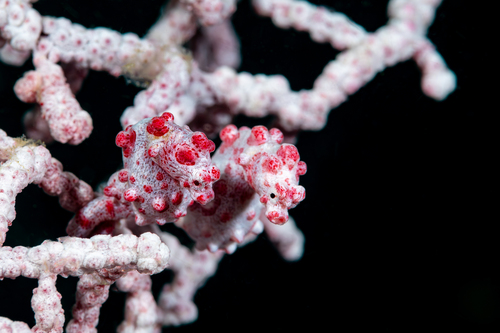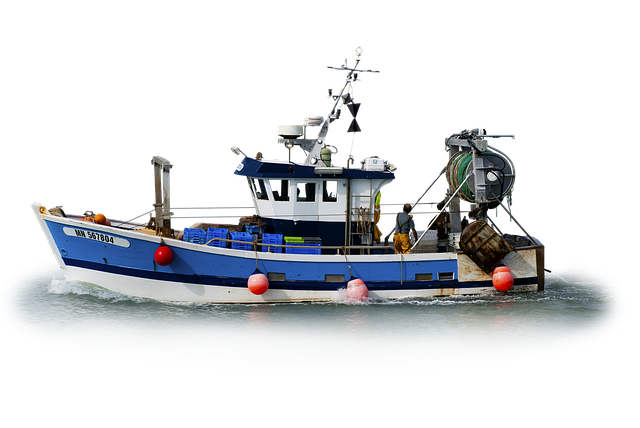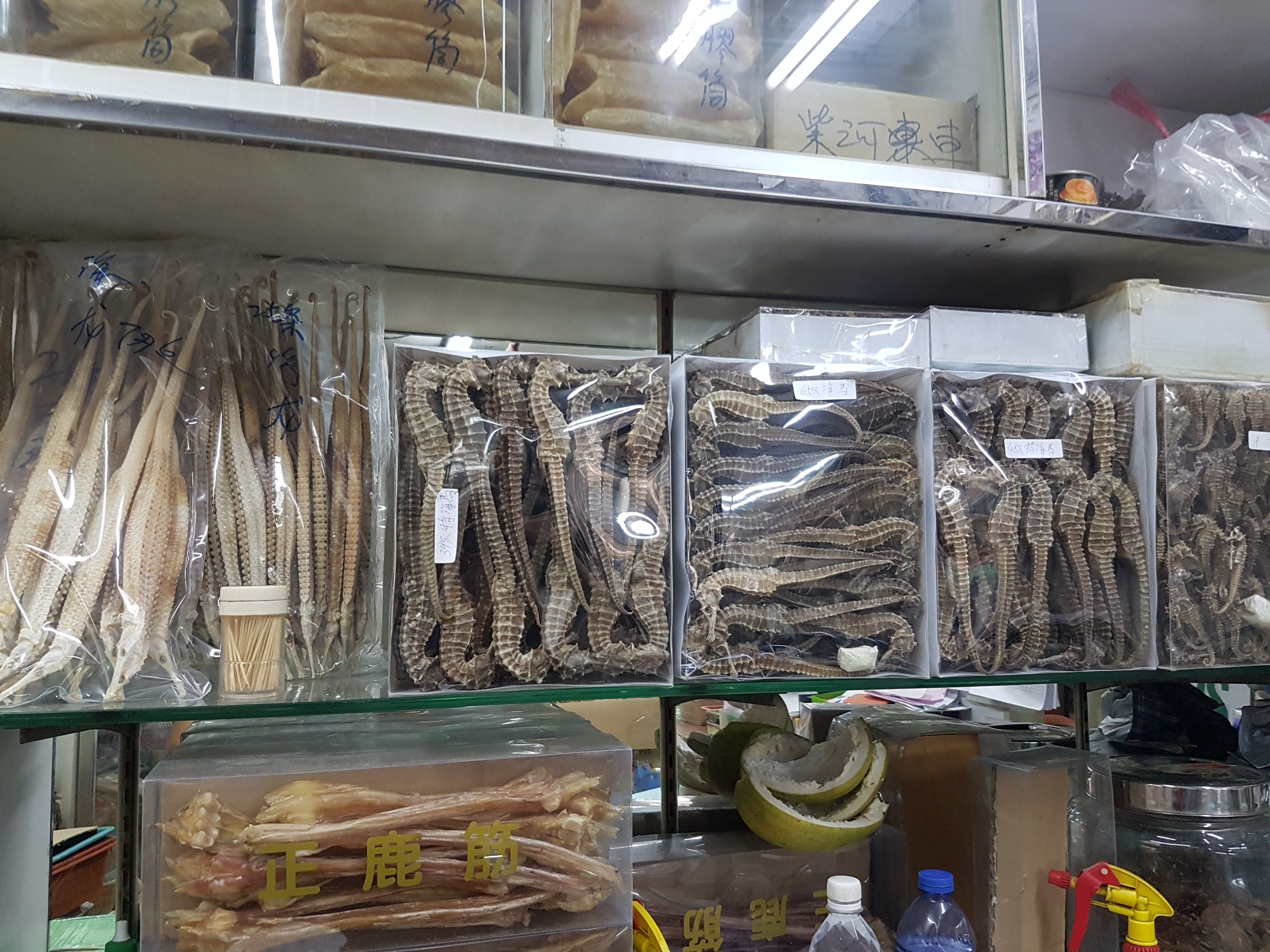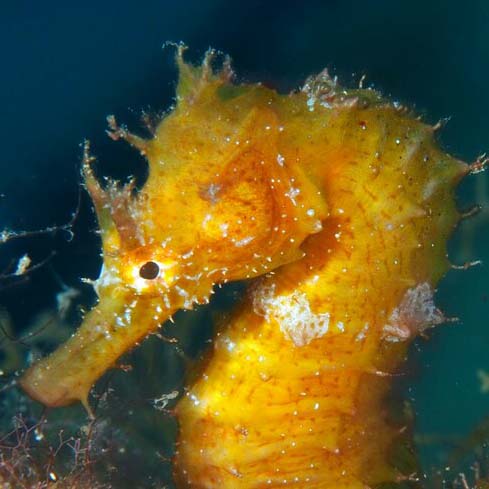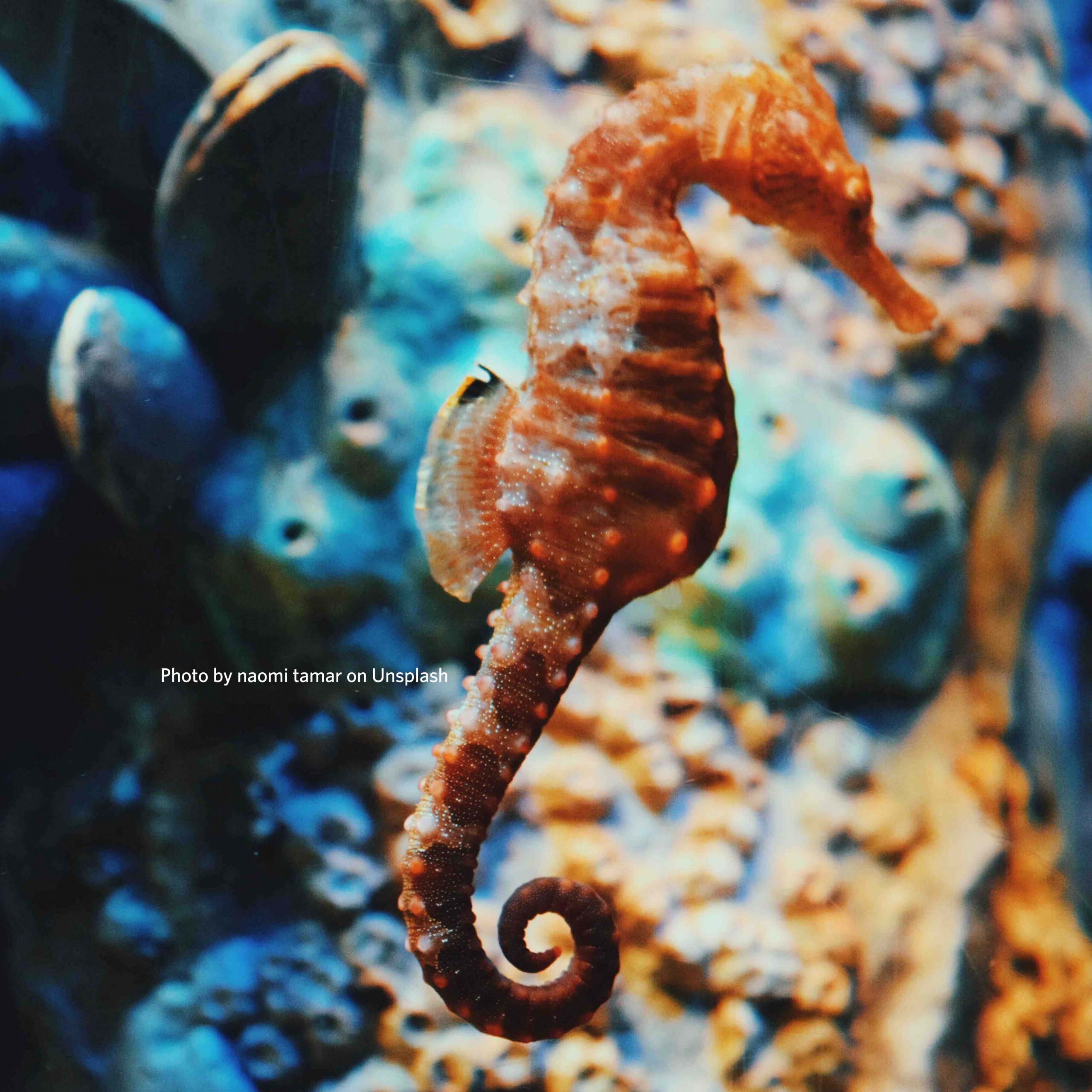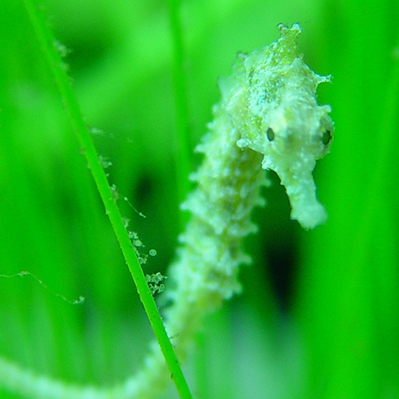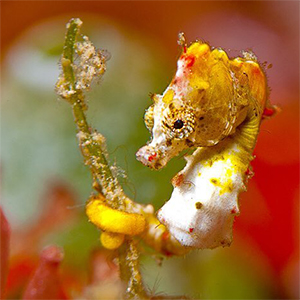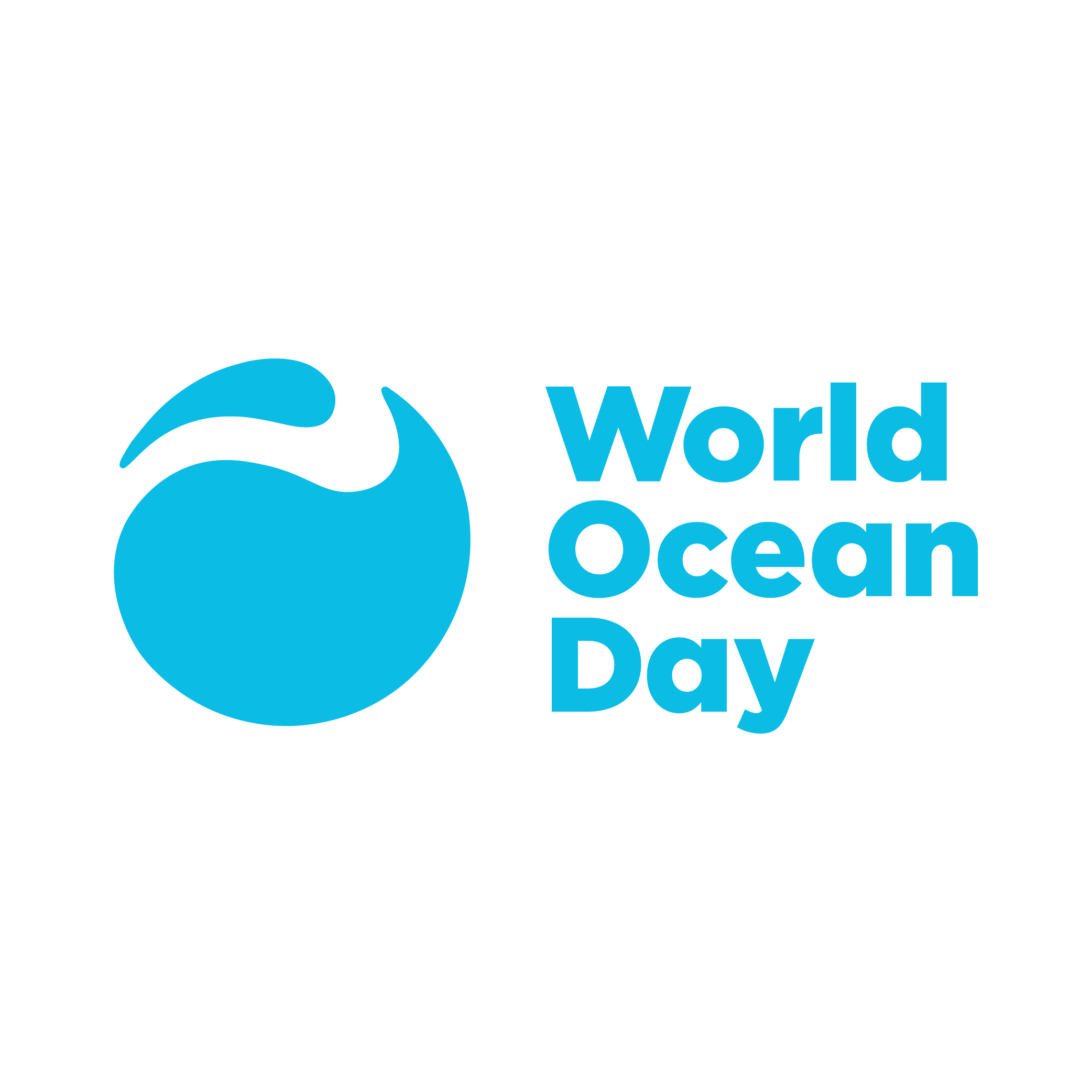 |
Program LeaderProject Seahorse Focal point for globe trade DegreesPhD, The University of British Columbia |
Contact Information
Institute for the Oceans and Fisheries, The University of British Columbia
AERL, 2202 Main Mall, V6T 1Z4
Vancouver, British Columbia
Email: s.foster@oceans.ubc.ca
Phone:(604) 827-5139
Website:
Project Seahorse
ResearchGate
Social Media
Twitter:@sjanefoster
LinkedIn
Research Interests
My research and conservation work focus on advancing sustainability of fisheries and international trade in threatened marine species by supporting effective international and national policy development and implementation. This includes, but is not limited to: improving our understanding of threatened species distributions and life histories through primary research and citizen science, and using this information to lead and support management and conservation efforts worldwide – but with a particular focus on Asia; improving implementation of the Convention on International Trade in Endangered Species of Wild Fauna and Flora (CITES) for seahorses and other marine species; reducing the impact of unsustainable fishing practices with a particular focus on non-selective gears such as trawl-nets.
Biography
I am a conservation scientist dedicated to finding pragmatic solutions for the many problems facing the oceans and the animals that call them home – solutions that work for both fish and the people that depend on them.
I have over twenty years experience working with the international marine conservation organization Project Seahorse (www.projectseahorse.org) on issues related to sustainable fisheries and marine ecosystems, species at risk, and international wildlife trade policy. My primary focus has been conservation projects toward sustainable fisheries systems, always in collaboration with communities of place and practice. My research and conservation work span the areas of wildlife trade and non-selective fishing practices. Using seahorses as a case study, I work to increase the effectiveness of the multilateral trade convention CITES in ensuring sustainable and legal trade in wild fishes. This in turn requires me to find ways to assess and address the impacts of non-selective fishing practices on seahorses and the thousands of other small fishes they catch.
Projects I have managed include: research – on fisheries, trade and life history/ecology of threatened species; capacity building – toolkits for assessing the sustainability of species exploitation and export, guidelines for community based fisheries monitoring, and multi-stakeholder capacity training workshops; adaptive management – supporting national governments to develop and implement action plans toward sustainable fisheries and trades; outreach projects – developing one of the first citizen science projects focused on the oceans.
I also recently served as National Manager for SeaChoice (www.seahoice.org) – a sustainable seafood program operated by the David Suzuki Foundation, Ecology Action Centre, and Living Oceans Society. SeaChoice is focused on improving the sustainability of Canadian produced and imported seafood – with an aim to effect on the water change.
My PhD research focused on the impacts of tropical shrimp trawling on small fishes. Field work involved spending weeks at sea on-board commercial trawlers in the Gulf of California, Mexico.
Selected Publications:
The full list of publications is listed at Research Gate.
Refereed primary papers:
Foster, S.J., Ascione, S.J., Santaniello, F., & T.N. Phelps Bondaroff (2025). Using online reports of seahorse seizures to track their illegal trade. Conservation Biology, e70047. https://doi.org/10.1111/cobi.70047
Foster, S.J., Stanton, L.M., Nellas, A.C., Arias, M.M., Apale, C.M. & A.C.J. Vincent (2025). The catch and trade of seahorses in the Philippines post-CITES (2019). The Philippines Journal of Fisheries. 32(1): 214 – 232. 10.31398/tpjf/32.1.2025-0002.
Vaidyanathan, T., Foster, S.J. & A.C.J. Vincent (2024) A practical approach to meeting national obligations for sustainable trade under CITES. Conservation Biology. https://doi.org/10.1111/cobi.14337
Camins, E., Stanton, L.M., Correia, M., Foster, S.J., Koldewey, H.J. & A.C.J. Vincent (2024). Advances in life-history knowledge for 35 seahorse species from community science. Journal of Fish Biology. 10.1111/jfb.15699
Foster, S.J., Justason, T., Magera, A.M. & A.C.J. Vincent (2022). CITES makes a measurable difference to the trade in live marine fishes: The pioneering case of seahorses. Biological Conservation, 272, 109653.
Foster, S.J. and Vincent, A.C.J. (2021). Holding governments accountable for their commitments: CITES Review of Significant Trade for a very high-volume taxon. Global Ecology and Conservation 27:e01572. https://doi.org/10.1016/j.gecco.2021.e01572.
Aylesworth, L., Foster, S.J. and Vincent, A.C.J. (2019). Realities of offering advice to governments on CITES. Conservation Biology. https://doi.org/10.1111/cobi.13451
Stocks, A.P., Foster, S.J., Bat, N.K., Ha. N.M. and Vincent, A.C.J. (2019). Local knowledge of target and incidental seahorse fisheries in Southern Vietnam. Human Ecology. 47(3):397–4081.
Foster, S.J., Kuo, TC., Wan, A.K.Y, and Vincent, A.C.J. (2019). Global seahorse trade defies export bans under CITES action and national legislation. Marine Policy. 103: 33-41.
Manning, C.G., Foster, S.J., Harasti, D. and Vincent, A.C.J. (2019). A review of the diets and feeding behaviours of a family of biologically diverse marine fishes (Family Syngnathidae). Reviews in Fish Biology and Fisheries. https://doi.org/10.1007/s11160-019-09549-z
Kuo, TC., Laksanawimol, P., Aylesworth, L., Foster, S.J. and Vincent, A.C.J. (2018). Changes in the trade of bycatch species corresponding to CITES regulations: the case of dried seahorse trade in Thailand. Biodiversity and Conservation. 27(13): 3447–3468.
Manning, C.G., Foster, S.J., Harasti, D. and Vincent, A.C.J. (2018). A holistic investigation of the ecological correlates of abundance and body size for the Endangered White’s seahorse Hippocampus whitei. Journal of Fish Biology. 93(4): 649-663.
Stocks, A.P., Foster, S.J., Bat, N.K. and Vincent, A.C.J. (2017). Catch as catch can: Targeted and indiscriminate small-scale fishing of seahorses in Vietnam. Fisheries Research. 196: 27-33.
Lawson, J.M., Foster, S.J. and Vincent, A.C.J. (2017). Low bycatch rates add up to big numbers for a genus of small fishes. Fisheries. 42(1): 19-33.
Lourie, S.L., Pollom, R.A. and Foster, S.J. (2016). A Global Annotated Checklist of the Seahorses Hippocampus Rafinesque 1810 (Actinopterygii: Syngnathiformes): Taxonomy and Biogeography with Recommendations for Further Research. Zootaxa. 4146(1): 001–066.
Foster, S.J., Wiswedel, S. and Vincent, A.C.J. (2016). Opportunities and challenges for analysis of wildlife trade using CITES data – seahorses as a case study. Aquatic Conservation: Marine and Freshwater Ecosystems. 26: 154–172.
Yip M.Y., Lim A.C.O., Chong V.C., Lawson J.M., Foster S.J. (2015). Food and feeding habits of the seahorses Hippocampus spinosissimus and Hippocampus trimaculatus (Malaysia). Journal of the Marine Biological Association of the United Kingdom. 95(5): 1033–1040.
Lawson, J.M., Foster, S.J., Lim, A.C.O., Chong, V.C., Vincent, A.C.J. (2014). Novel life history for threatened seahorses provides insights into fishing impacts. Journal of Fish Biology. 86(1): 1-15.
Foster, S.J. and Arreguin-Sánchez, A. (2014). Using distribution patterns of small fishes to assess small fish by-catch in tropical shrimp trawl fisheries. Animal Conservation. 17(3): 217-224.
Foster, S.J. and Vincent, A.C.J. (2012). Advice in spite of great uncertainty: assessing and addressing
bycatch of small fishes with limited data using Stellifer illecebrosus as a case study. Aquatic Conservation: Marine and Freshwater Research. 22(5): 639–651.
Vincent, A.C.J., Foster S.J. and Koldewey, H.J. (2011). Conservation and management of seahorses and other Syngnathidae. Journal of Fish Biology. 78(6): 1681-1724.
Foster, S.J. and Vincent, A.C.J. (2010). Using life-history information to assess potential effects of shrimp trawling on small fishes. Journal of Fish Biology. 76(10): 2434-2454.
Foster, S.J. and Vincent, A.C.J. (2010). Tropical shrimp trawl fisheries: Fishers’ knowledge of and attitudes about a doomed fishery. Marine Policy. 34: 437-446.
Ban, N.C.B, Blight, L.K., Foster, S.J., Morgan, S. K. and O’Donnell, K. (2008). Pragmatism before prescription for managing global fisheries. Frontiers in Ecology 6(10): 521.
Foster, S.J. and Vincent, A.C.J. (2005). Sustainability of the international trade in seahorses with a single minimum size limit. Conservation Biology 19: 1044-1050.
Foster, S.J. and Vincent, A.C.J. (2004). The life history and ecology of seahorses, Hippocampus spp.: implications for conservation and management. Journal of Fish Biology 65: 1-61.
Select research reports:
Foster, S.J. (ed) (2023). Implementation of CITES Appendix II listing for seahorses in the context of export bans and suspensions. Fisheries Centre Research Report 31(3). 306 pp.
Foster, S.J. & A.C.J. Vincent (2023). Implementing trade controls for seahorses in Asia – challenges and opportunities. In Foster, S.J. (ed) (2023). Implementation of CITES Appendix II listing for seahorses in the context of export bans and suspensions. Fisheries Centre Research Report 31(3). p. 10-67.
Vincent, A.C.J., Foster, S.J., Fowler, S.L., Lieberman, S. & Y. Sadovy de Mitcheson (2022). Implementing CITES Appendix II listings for marine fishes: a novel framework and a constructive analysis. Fisheries Centre Research Report, 30(3), 189 pp.
Foster, S.J., Justason, T., Magera, A.M. & A.C.J. Vincent (2021) Changes in the international trade in live seahorses (Hippocampus spp.) after their listing on CITES Appendix II. Fisheries Centre Research Reports 29(4) 115pp.
Stanton, L.M., Foster, S.J. and Vincent, A.C.J. 2021. Identifying national conservation status, legislation and priorities for syngnathid fishes globally. Fisheries Centre Research Reports 29(2): 43pp.
Kelly Roebuck, Sarah Foster, Liane Veitch and Scott Wallace. 2020. CERTIFICATION, VERIFICATION OR FABRICATION? An investigation of seafood environmental claims in Canadian retailers. SeaChoice, Vancouver, Canada. 47 pp.
Christina Callegari, Scott Wallace, Sarah Foster and Liane Arness. 2020. FISH LIST WISH LIST: A case for updating the Canadian government’s guidance for common names on seafood. SeaChoice, Vancouver, Canada. 39 pp.
Ndobe, S., Yasir, I., Moore, A.M., Biondo, M.V. and Foster, S.J. (coordinating author). (2018). Study to assess the impact of international trade on the conservation status of Pterapogon kauderni (Banggai cardinalfish). Conducted by the authors on behalf of the International Union for Conservation of Nature (IUCN). Submitted as an Information Document for the 30th Meeting of the CITES Animal’s Committee. AC30 Inf. 16. 64 pp.
Foster, S.J., Aylesworth, L., Do, H.H., Bat, N.K., and Vincent, A.C.J. (2017). Seahorse exploitation and trade in Viet Nam. Fisheries Centre Research Reports 25(2): 50pp.
Foster, S.J. (2016). Seahorse (Hippocampus spp.) and the CITES Review of Significant Trade. Fisheries Centre Research Reports 24(4): 48pp.
Vincent, A.C.J., Giles, B.G., Czembor, C. and Foster S.J. (eds). (2011). Trade in Seahorses and Other Syngnathids in Countries Outside Asia (1998-2001). Fisheries Centre Research Reports 19(1): 181pp.
Select technical & Policy manuals/documents:
Foster, S.J. & A.C.J. Vincent (2023). Easier advice for making seahorse non-detriment findings. Project Seahorse, Institute for the Oceans and Fisheries, The University of British Columbia. June 2023. 18 pp.
Foster, S.J. & A.C.J. Vincent (2023). Implementing CITES for Seahorses – Asia Region Workshop. Working document submitted by the Philippines and the United States of America to the 32nd meeting of the CITES Animals Committee. CITES AC32 Doc 38.2. 19 pp.
Maldives, Monaco, Nigeria, Peru, Senegal, Sri Lanka, Togo, the United Kingdom of Great Britain and Northern Ireland and the United States of America (2022). Next steps toward successful implementation of Appendix II listing of seahorses. Working document for the 19th Meeting of the CITES Conference of the Parties. CoP19 Doc 69.2. 5 pp. (prepared by S.J. Foster & A.C.J. Vincent).
Maldives, Monaco, Sri Lanka and the United States of America (2019). Seahorses on CITES – A roadmap to success. Working document for the 18th Meeting of the CITES Conference of the Parties. CoP18 Doc 72. 15 pp. (prepared by Foster, S.J. and Vincent, A.C.J).
IUCN (2016). Implementing Appendix II listings for marine fishes – important considerations when making non-detriment findings. Information Document for the 17th Meeting of the CITES Conference of the Parties. CoP17 Inf. 52. 10 pp. (prepared by Foster, S.J. and Vincent, A.C.J.)
IUCN (2016). Assisting parties to meet their commitments: CITES Review of Significant Trade for seahorses (Hippocampus spp.), a taxon traded in high volumes. Information Document for the 17th Meeting of the CITES Conference of the Parties. CoP17 Inf. 53. 10 pp. (prepared by Foster, S.J. and Vincent, A.C.J.).
IUCN and FAO (2016). Simple is good: moving toward pragmatic and effective monitoring to support CITES implementation for marine fishes and invertebrates on Appendix II. Information Document for the 17th Meeting of the CITES Conference of the Parties. CoP17 Inf. 65. 7 pp. (prepared by Ayelsworth, L., Foster, S.J., Friedman, K. and Vincent, A.C.J.).
IUCN (2016). Implementation of CITES Appendix II listings for marine fishes. Information Document for the 17th Meeting of the CITES Conference of the Parties. CoP17 Inf. 65. 5 pp. (prepared by Vincent, A.C.J, Foster, S.J, Lieberman, S., Sadovy, Y. and Fowler, S.).
Foster, S.J. and Vincent, A.C.J. (2016). Making Non-Detriment Findings for seahorses – a framework, Version 4.0. Project Seahorse, Fisheries Centre, The University of British Columbia. 65 pp.
Mundy-Taylor, V., Crook. V., Foster, S., Fowler, S., Sant, G. and Rice, J. (2014). CITES Non-detriment Findings: Guidance for Shark Species. A Framework to assist authorities in making Non-detriment Findings (NDFs) for species listed in CITES Appendix II. Report prepared for the Germany Federal Agency for Nature Conservation (Bundesamt für Naturschutz, BfN).
Foster, S.J., Loh, T.-L. and Knapp, C. (2014). iSeahorse Trends Toolkit: Surveying Wild Seahorse Landings in Support of Conservation. 25 pp. The John G. Shedd Aquarium/Project Seahorse. http://bit.ly/1orQbTY
Loh, T.-L., Knapp, C. and Foster, S. J. (2014). iSeahorse Trends Toolkit: Finding and Surveying Wild Seahorse Populations in Support of Conservation.39 pp. The John G. Shedd Aquarium/Project Seahorse. http://bit.ly/1JRnvPZ
Lourie, S.A., Foster, S.J., Cooper, E.W.T., and A.C.J. Vincent. (2004). A guide to the identification of seahorses. Project Seahorse and TRAFFIC North America, Washington D.C.: University of British Columbia and World Wildlife Fund. 114 pp. ISBN 0-89164-169-6
Related stories:
